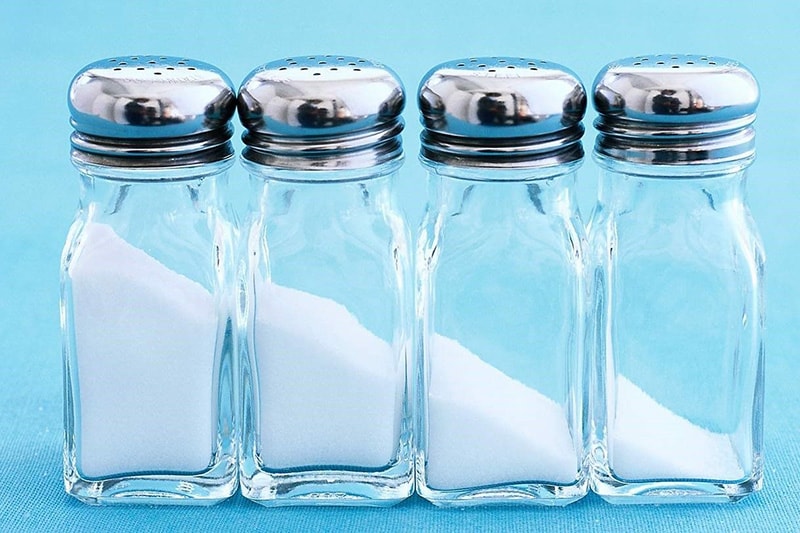USDA Global Branded Food Products Database Dual Column Nutrition Data Project
The USDA Global Branded Food Products Database is a public-private partnership between the U.S. Department of Agriculture (USDA), the Institute for the Advancement of Food and Nutrition Sciences (IAFNS), GS1 US, 1WorldSync and the University of Maryland (UMD), whose goal is to enhance public health and to share open data by augmenting the USDA FoodData Central with nutrient composition and ingredient information on branded foods. The USDA Global Branded Food Products Database is seamlessly integrated into the USDA FoodData Central (FDC) and ensures that these data elements are publicly available to those who will utilize them. This includes, but is not limited to, federal agencies, the research community, international databases, proprietary databases and end users, the food industry, and consumers.
USDA is in the process of incorporating new data elements and attributes into the database including rounded per serving label values and dual column nutrition label information.
The goal of this project is to validate dual-column label data submitted via the Global Data Synchronization Network (GDSN) by manufacturers. Industry members of the SoFHI committee will work with USDA to review the data, identify and resolve any issues and validate the data as presented in FDC, GBFPD.
USDA will publish the results of the data quality initiatives and the Partnership will leverage the data to promote greater participation from CPG companies to share nutrition data with USDA via GDSN.
To learn more about the USDA FoodData Central visit https://fdc.nal.usda.gov/ and A Partnership for Public Health: USDA Global Branded Food Products Database
This work received in-kind support from the IAFNS Sodium in Foods and Health Implications Committee









